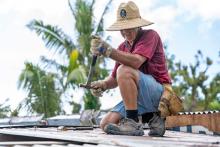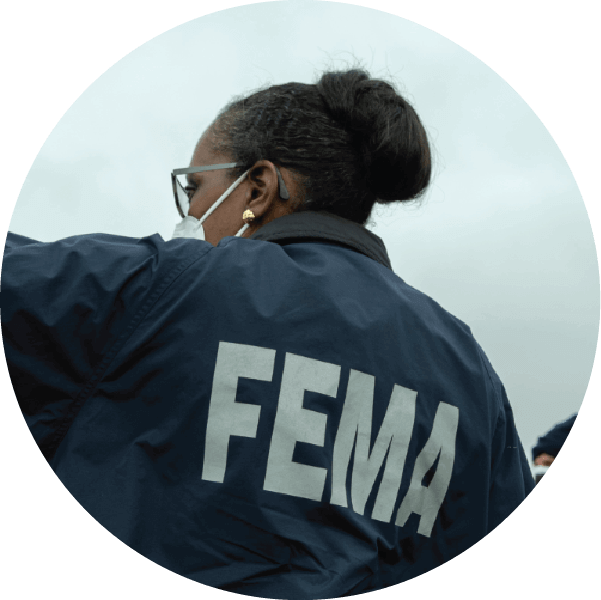Comment la FEMA peut-elle vous aider?
Actualités

Obtenir de l'aide après une catastrophe
Un soutien est disponible dès le début d'une catastrophe déclarée tout au long du processus de rétablissement.

Les FAQ sur les catastrophes
Il peut y avoir beaucoup à apprendre lors d'une catastrophe. Consultez les FAQ et obtenez des réponses à vos questions.

Aider votre communauté
Les communautés ont besoin de votre soutien après les catastrophes alors qu'elles se reconstruisent et poursuivent la récupération.
Nos priorités

Réponse et récupération suite à une catastrophe
Permet de faire face à toutes les catastrophes et urgences, qu'elles soient naturelles ou causées par l'Homme.

Équité
Faire de l'équité un pilier de la gestion des urgences.

Résilience climatique
Guider la communauté en matière de résilience climatique.

Préparation
Promouvoir et maintenir une FEMA prête à réagir et une nation préparée.










